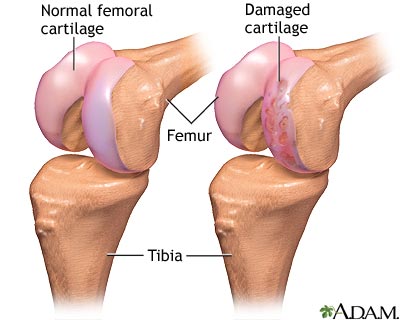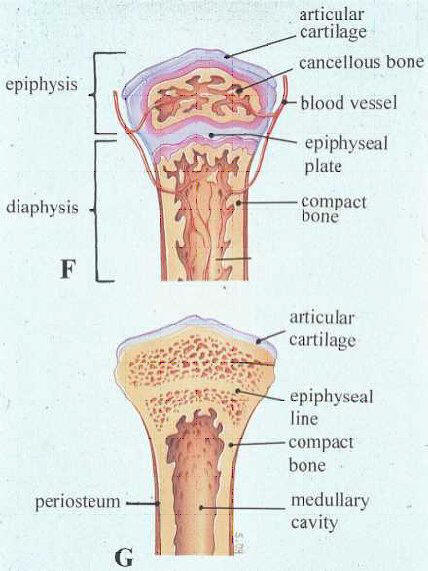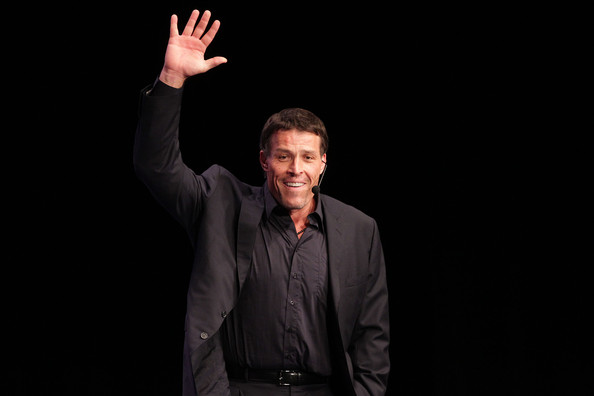In the last real post I had done, I had talked about the interesting case of how Tanya Angus, a pituitary giant grew from the age of 20-30 from 5′ 8″ to 6′ 11″. Her standing height was “only” 6′ 6″ but her severe spine curvature led to a 5 inch lost height. I just couldn’t figure out how it is possible that someone could grow because the two fundamental ideas behind human growth seemed to go against each other.
I was walking on the street when a rather intuitive idea came to me. Follow my logic and tell me if it makes any sense.
The other person I previous mentioned in the previous post was this guy (Brown) who also suffered from acromegaly and he had grown to 6′ 3″ so I am guessing that being able to add height is a common occurrence among pituitary giants. Sow HOW? I remember reading that he was suffering from great knee pain . I know that knee injury is a very common form of injury and pain that happens to humans. Our joints are particularly sensitive to injury, like out knees, hips, and ankles. However, I also remembered what my father told me about my grandmother. My grandmother also suffered from great knee pain, but the knee pain was because she had lost all of her knee cartilage. All she had was three bones, the femur and tibia with fibula rubbing against each other. So I combined the two ideas together.
< Here is my theory: Pituitary giants grow from using the cartilage at the end of long bones (aka articular cartilage), NOT the epiphyseal cartilage plates which have disappeared. >
The pain the giants are going through is from the loss of cartilage in their joints (knees) since the cartilage has has to proliferate and expand.
 If we look at the picture on the right we can see a picture of what the lower end of a femur looks like, which is filled with cartilage that is about 3-4 mm thick. Now, if we remember the characteristic and dimensions of an epiphyseal plate, it is also about 3-4 mm thick.
If we look at the picture on the right we can see a picture of what the lower end of a femur looks like, which is filled with cartilage that is about 3-4 mm thick. Now, if we remember the characteristic and dimensions of an epiphyseal plate, it is also about 3-4 mm thick.
Remember that the current theory is that the epiphyseal cartilage after puberty and the signaling of estrogen slows the division of chondrocytes into new ones so the older ones diminish in number through calcification. Let’s assume that theory is true. So that means that in theory, that area can no longer be a nest for longitudal bone growth. If we assume that new growth can not occur from bone, then we HAVe to find another place where cartilage exists. so what place is the closest to the old epiphyseal position that is cartilage? The obvious and easiest answer is the articular cartilage. The theory for adults is that most adults still have the articular cartilage needed to support and cushion their walking.
 If we look at the 2nd picture on the left we can see the canal like wall the epiphyseal plates create between the long bone’s end and it’s middle section. The cartilage is a type of cartilage called hyaline and mostly made of collagen and water. Over time the lower type of cartilage disappears, but the top cartilage still remains. Now, we remember that we keep that cartilage until we are in our middle to late age so that cartilage never goes away.
If we look at the 2nd picture on the left we can see the canal like wall the epiphyseal plates create between the long bone’s end and it’s middle section. The cartilage is a type of cartilage called hyaline and mostly made of collagen and water. Over time the lower type of cartilage disappears, but the top cartilage still remains. Now, we remember that we keep that cartilage until we are in our middle to late age so that cartilage never goes away.
The key to remember is that the articular cartilage plate and thickness is similar to the epiphyseal plates!
Since the pituitary giant is releasing as much HGH as possible into the liver and creating IGF-1 as much as possible, the HGH will try to go into any part that can possibly replicate. Since the cartilage in the knees is there, the growth factor causes that part to get bigger. This actually makes a lot of sense if we remember that for pituitary gland giants, the first thing they notice that gets bigger that they supposedly stopped growing was the hand and feet. If we remember our anatomy for our distals and tarsals, we remember that the hands have 14 joints, all filled with cartilage. The hands are getting bigger and longer, from using the cartilage at the end. There is still a thin layer in that cartilage to allow for chondrocyte multiplication.
Where ever there is cartilage, there is growth. If we remember the picture of a skull, the adult human still has some cartilage in some areas of their skull, mostly in the area between the eyes and nose (the eyebrow ridge middle region, just look at a picture of Richard Kiel HERE). Then there is the cartilage close to the jaw area. If you look at the pituitary giant, that is where you really see the major difference in their faces and other normal people.
Let’s look at the hands of well know life coach Anthony Robbins,
 Tony Robbins is well know for being one of the world’s most famous and best life coaches for the last 30 years. He is very well known for his 6′ 7″ figure which was only 5′ 3″ when he was 113 or 14. He grew like CRAZY from 14-16. If you see his hands, they are very big, but also proportional. Most people have given a joke saying that tony robbins has “banana hands” because of the size of his fingers. He is also a pituitary giant, but his benign tumor had shrank later in life so he did not need the surgery to correct for that.
Tony Robbins is well know for being one of the world’s most famous and best life coaches for the last 30 years. He is very well known for his 6′ 7″ figure which was only 5′ 3″ when he was 113 or 14. He grew like CRAZY from 14-16. If you see his hands, they are very big, but also proportional. Most people have given a joke saying that tony robbins has “banana hands” because of the size of his fingers. He is also a pituitary giant, but his benign tumor had shrank later in life so he did not need the surgery to correct for that.
So, the main point of this article is to show my theory that the way pituitary giants, and possibly other humans can still grow even through their adult years is to use the cartilage still left at the ends of their long bones.
Then, I suggest then to start taking calcium with Vitamin D3 and Glucosamine with Chondroitin to make sure the cartilage stays around and is thick and strong.

Pingback: Complete List Of Posts - |
So then would this basically mean that taking human growth hormone would be able to affect the cartilage we have still have after the growth plates have fused?